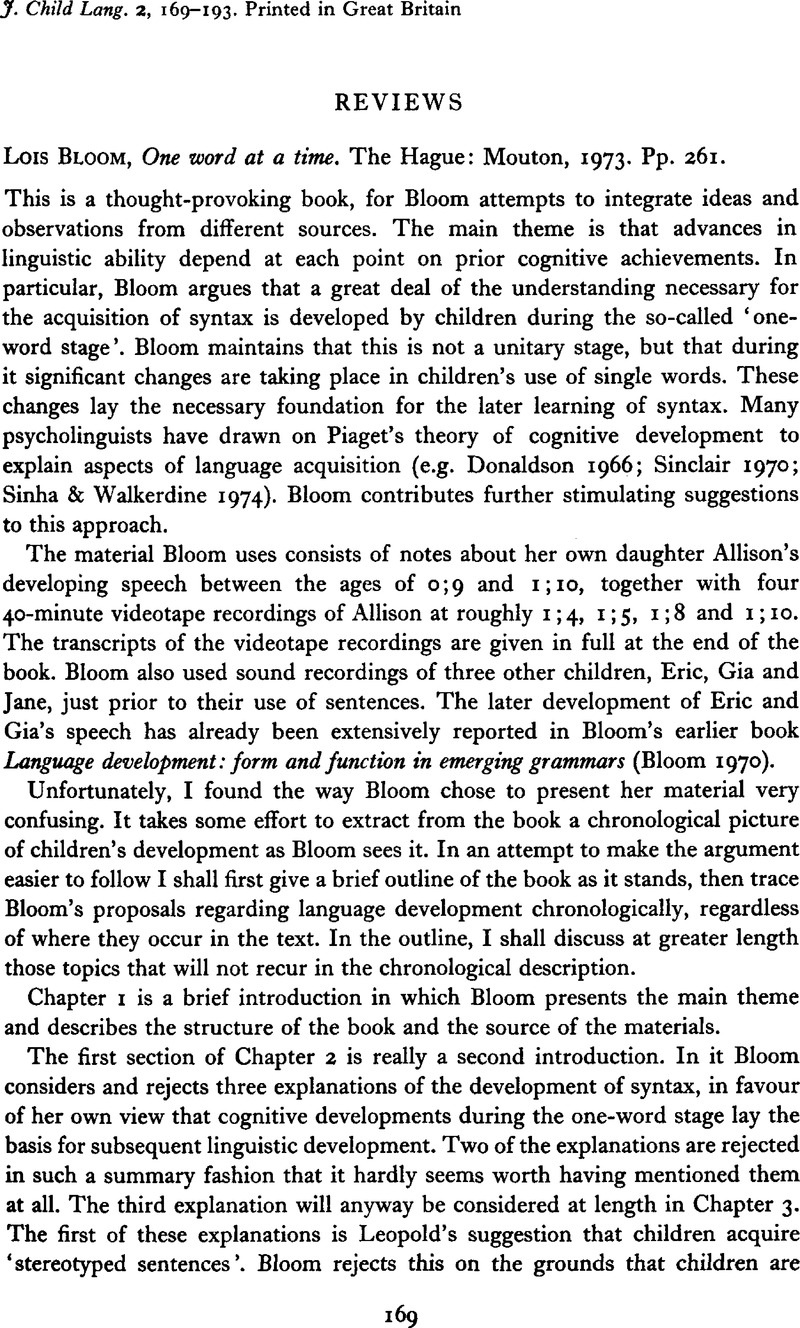Crossref Citations
This article has been cited by the following publications. This list is generated based on data provided by Crossref.
Edwards, Derek
and
Goodwin, Roger
1986.
The Development of Word Meaning.
p.
257.



